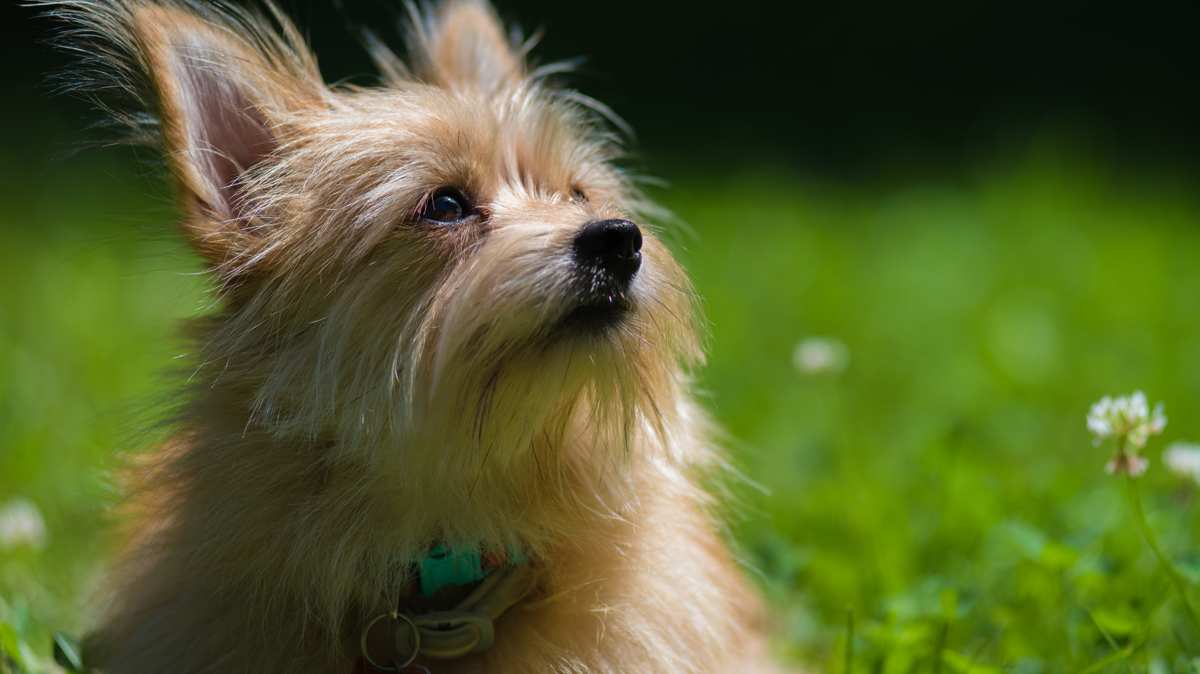Yorkie Pom Breed Details
As the parent breeds — the Yorkshire Terrier and the Pomeranian — are in the Toy Group, so too is the Yorkie-Pom a Toy . Unlike the parent breeds' historical purposes, however, the Yorkie-Pom was not bred for rat-catching and sled-pulling but for companionship and, some say, showing off. These mixed breeds usually don't get very big at all, prefer to be close-at-hand to their loved ones and can occupy themselves so long as they and you are home together. Having lots of toys on hand and at home will go a long way to keeping your Yorkie-Pom mentally stimulated.
While Yorkie-Poms are great dogs for people (whether alone or as families) seeking their first canine companion, you should consider all the ups and possible downs as well as the responsibilities that both factors bring:
PROS
- Very playful
- Excellent family pet
- Relatively easy to train
- Great for apartment-dwellers
- Loves to accompany you everywhere
- Extremely fond of its family members
- Wonderful pet for first-time families
- Can tolerate somewhat cold weather if it has a Pomeranian coat
- Those with a Yorkshire Terrier coat will be relatively hypoallergenic
CONS
- Can be a barker
- Highly protective of property
- Not very tolerant of hot weather
- Can be very jealous of other dogs
- Grooming needs are moderate to high
- Can inherit a fair amount of ailments
- Will confront dogs far larger than itself
- Left alone, can quickly develop separation anxiety
- Needs a great amount of socialization with other pets
- Those with a Pomeranian coat will not be hypoallergenic
- Potential for destructive behavior if either not exercised or not given toys

